Description
Genus: Boletus
- Genus 2: Hortiboletus (where it will probably end up but that is still unofficial)
Species: harrisonii
Common Name:
Tells: Often mistaken for H. campestris/rubellus, but grows w/trees and has no red-orange dots by the base. Small; red-pink cap; yellow flesh and pores stain greenish blue; pores age to greenish- or olive-yellow.
Other Information: Red cap typically has pinkish tones. Prefers oak but will also grow with other hardwoods and even with spruce. Slightly bigger than H. campestris, but still unlikely to reach 4″ across. Yellow mycelium.
Science Notes: This species looks so similar to H. campestris and H. rubellus that most experts expect DNA testing to move it into the newly erected genus “Hortiboletus” just as happened with those two – if it doesn’t end up getting merged with one or the other. But the testing has not been done yet, so the name change is still unofficial. There are some additional differences that show up under a microscope and tend to confirm that harrisonii really is a separate, if lookalike species.
Edibility: Good.
CHEMICAL TESTS:
- NH4OH (Ammonia): No data.
- KOH: No data.
- FeSO4 (Iron Salts): No data.
Links:
 |
0 |  |
0 |  |
0 |  |
223 |


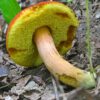
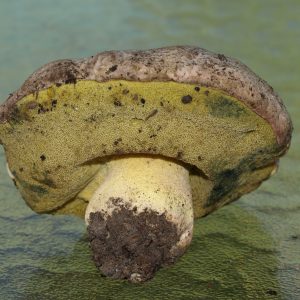
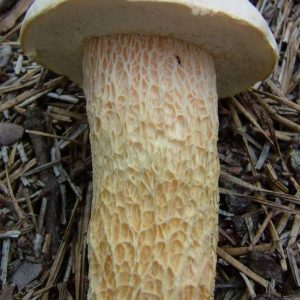
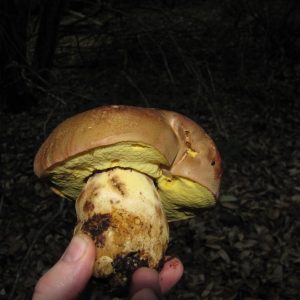
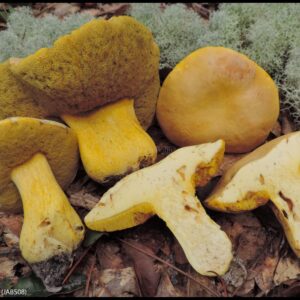
Got something to discuss?